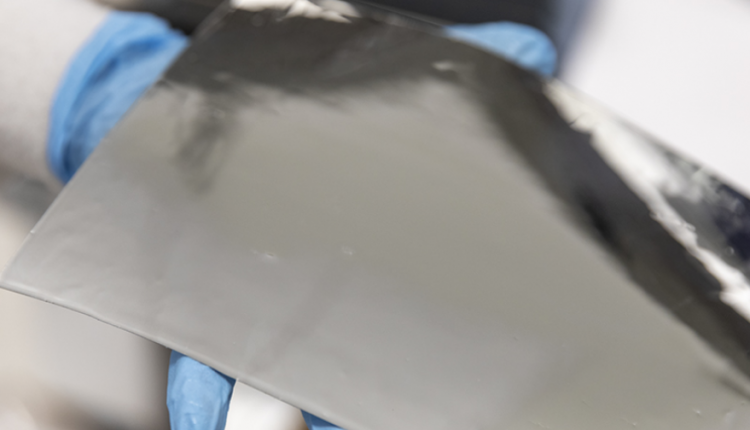Globally, air conditioning accounts for between 15 and 70% of total primary energy consumption and generates significant amounts of greenhouse gases.
Technologies that use radiative cooling to control the temperature of buildings, such as planar multilayered photonic films and hybrid metamaterial films, are attracting considerable attention because they do not use electricity. They are, however, complicated and costly to manufacture.
But a low-cost passive cooling technology made from a polymer film could be used to passively cool buildings in metropolitan areas, avoiding the need for electricity.
The new technology was developed through collaboration, including student exchanges, between U.S. and KAUST researchers. Led by Qiaoqiang Gan and graduate student Lyu Zhou from The State University of New York at Buffalo, Jian-Wei Liang and colleagues from Boon Ooi’s Photonics Laboratory at KAUST, working with researchers from the University of Wisconsin, have developed a passive cooling technology made from a polydimethylsiloxane (PDMS)/aluminium film structure.
“PDMS exhibits very high absorption in the Earth’s ‘atmospheric window’ range and low absorption in the solar visible wavelength range,” explains Jian-Wei. “These properties make it an ideal material for passive radiative cooling.”
By exploiting the spectral overlap between this atmospheric window, corresponding to wavelengths between 8-13 microns and the range of thermal radiation emitted by buildings at typical ambient temperatures, the PDMS/aluminum film can effectively cool buildings during the daytime.
To fabricate the film, the researchers used a blade coating process to first coat the surface of an aluminum sheet with a layer of PDMS resin and then a metering blade to control its thickness, heating the structure in an oven at around 60°C for two hours to complete the process.
“Although the PDMS has low absorption in the solar wavelength range, we found that its radiative cooling ability was significantly impacted by the surrounding environment when tested outdoors, especially in crowded urban settings,” says Qiaoqiang.
To address this, the team developed a spectral-selective shelter that directs the thermal radiation toward the sky and achieved a daytime temperature reduction of up to 6.5°C in the outside environment.
The PDMS/aluminum film provides a low-cost and greener solution to cooling buildings in urban environments and can also be manufactured on a large scale, contributing to the potential commercialization of radiative cooling technologies.
“We are now working on the optical structure of the film to enhance its radiative cooling, as well as its application in vapor condensation and water cooling,” says Jian-Wei.
Source: King Abdullah University Of Science & Technology (KAUST)

